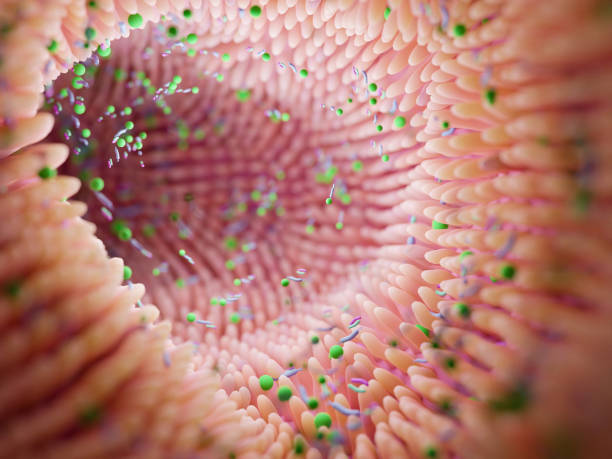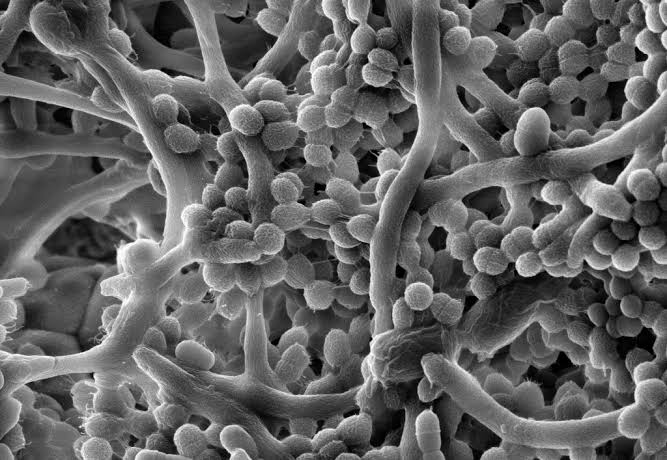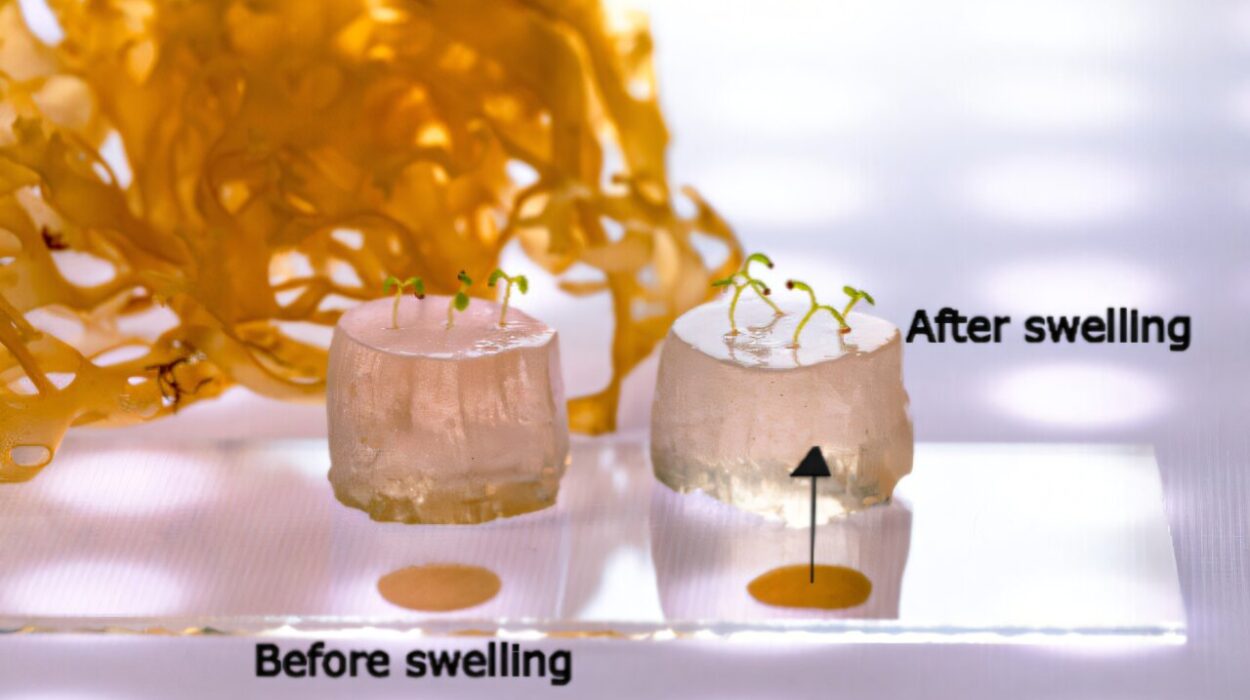Biologists at Indiana University Bloomington have discovered that plant leaf surfaces are coated with a diverse range of RNA molecules. This surprising finding opens new possibilities in understanding how plants interact with the microbial communities that live on their surfaces. These interactions may significantly influence plant health and their environmental relationships. The research suggests that the RNA present on leaves may play a critical role in regulating microbial communities by affecting gene expression in microbes, a process known as cross-kingdom RNA interference.
RNA interference, or RNAi, is a biological mechanism where small RNA molecules can reduce the expression of specific genes by binding to their messenger RNA counterparts. This process is widespread across living organisms. However, recent studies, including this one, demonstrate that RNA molecules from one organism can influence the genetic processes of another. The research conducted by Indiana University not only supports this idea but extends it to include plant-microbe interactions on leaf surfaces. Plants might be using RNA as a tool to control which microbial species thrive on their surfaces and how they behave. This innovative understanding shifts the perspective on the role plants play in managing their own microbiomes.
RNA is inherently fragile and typically breaks down quickly unless protected. The stability of RNA molecules found on leaf surfaces is therefore surprising. Evidence presented in the research indicates that this stability may stem from the RNA forming protective structures, or condensates, with polysaccharides such as pectin. This structural association helps shield RNA molecules from degradation, preserving their viability. Stable RNA molecules on leaf surfaces are likely interacting with microbes, influencing their gene expression. This interaction may help determine which microbial species dominate and their functional contributions to the plant environment.
This discovery could revolutionize how agricultural practices address plant health. By identifying specific RNA molecules secreted by plants and their roles in shaping microbial communities, scientists might develop new tools for managing beneficial or harmful microbes. Manipulating RNA secretions could potentially enhance crop resistance to pathogens, improve nutrient absorption, or even optimize microbial interactions for better growth. This natural system of plant-microbe regulation provides an environmentally friendly and sustainable approach to agriculture.
The implications of this research reach far beyond plants. The mechanism discovered might also exist in human systems. For example, in the human gut, RNA secreted by epithelial cells could play a similar role in shaping the gut microbiome. This idea opens the door to exploring RNA-based interactions as a key player in maintaining gut health. Moreover, the study hints at the possibility that RNA present on fresh produce, such as leafy greens, could affect the gut microbiomes of people who consume them. These potential connections between plant biology and human health invite new areas of research into dietary impacts on microbiomes.
The study was conducted by a team of researchers at Indiana University and their collaborators from other institutions, including the University of California, Davis, and the Donald Danforth Plant Science Center. Together, they provided insights into how RNA molecules function outside plant cells and the mechanisms that maintain their stability. The work offers new evidence that plant RNA can directly influence environmental microbial populations. This breakthrough could pave the way for novel applications in biotechnology, such as designing RNA molecules to selectively target microbial communities for improved agricultural outcomes.
The discovery changes our understanding of plant-microbe dynamics and highlights the intricate biochemical relationships in ecosystems. Rather than acting as passive hosts for microbes, plants actively interact with their surface environments through complex biochemical tools such as RNA. This interactive system is a testament to the sophistication of biological processes that sustain life and balance within ecosystems.
This research suggests exciting future directions, including further exploration of RNA-based signaling between plants and microbes. Studies might investigate how RNA diversity and stability differ among plant species, environmental conditions, or microbial communities. Understanding these variables could lead to tailored strategies for enhancing plant resilience, optimizing agricultural yields, or developing RNA-based technologies for pest control and pathogen resistance.
The findings are a reminder of how deeply interconnected life systems are and how much we have yet to uncover about their underlying mechanisms. As we gain a deeper understanding of these interactions, we find more opportunities to use nature’s tools for addressing global challenges in health, sustainability, and food security. By exploring the hidden functions of plant RNA on leaf surfaces, scientists have revealed a new layer of complexity in the relationship between plants and their environments, a discovery that could have transformative implications for science and society.
Reference: M. Lucía Borniego et al, Diverse plant RNAs coat Arabidopsis leaves and are distinct from apoplastic RNAs, Proceedings of the National Academy of Sciences (2025). DOI: 10.1073/pnas.2409090121






